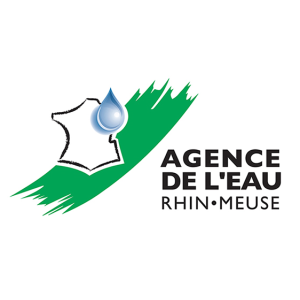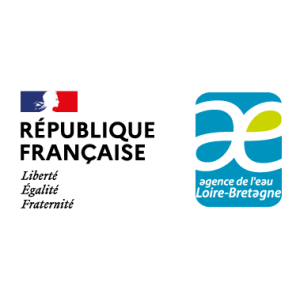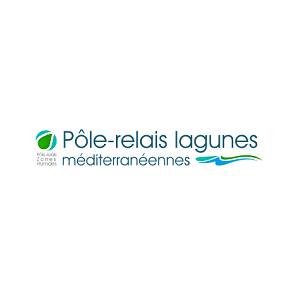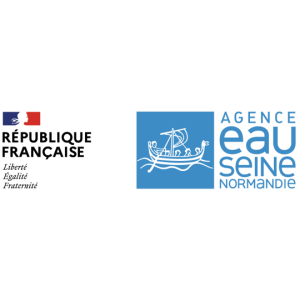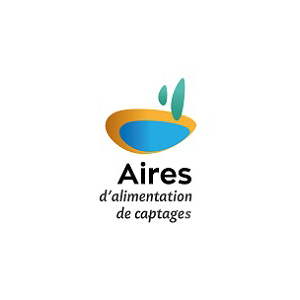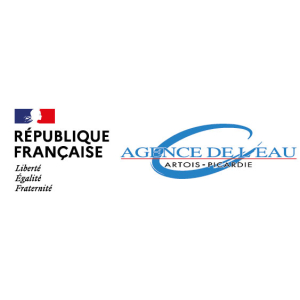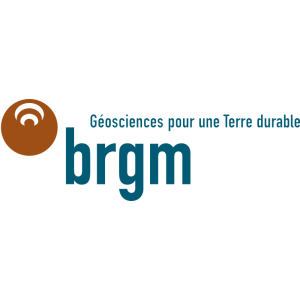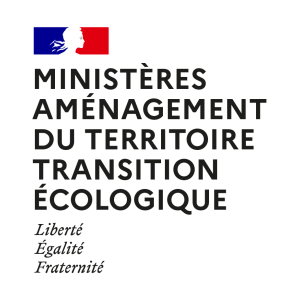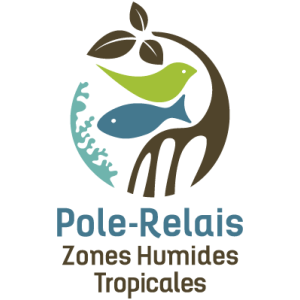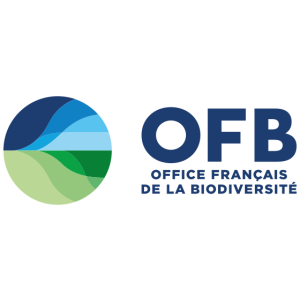
Document généré le 28/11/2025 depuis l'adresse: https://www.documentation.eauetbiodiversite.fr/fr/notice/changements-climatiques-dans-la-mer-de-barents-interactions-glace-ocean-formation-et-variabilite-de-la-masse-d-eau-49235
Changements climatiques dans la mer de Barents : interactions glace-océan, formation et variabilité de la masse d'eau
Titre alternatif
Producteur
Contributeur(s)
Université de Bretagne Occidentale
Identifiant documentaire
9-80424
Identifiant OAI
oai:archimer.ifremer.fr:80424
Auteur(s):
Barton, Benjamin I
Mots clés
Barents Sea Water
Front polaire
Banquise
Satellite
Modélisation
Model
Barents Sea Water
Polar front
Sea ice
Satellite
Date de publication
10/10/2019
Date de création
Date de modification
Date d'acceptation du document
Date de dépôt légal
Langue
fre
Thème
Type de ressource
Source
Droits de réutilisation
info:eu-repo/semantics/openAccess
Région
Département
Commune
Description
Winter sea ice has declined in the Barents Sea and there is growing evidence that the low sea ice here coincides with cold, winter surface air temperature in Europe and Asia. Atlantic Water (AW) transported into the Barents Sea is warming and its temperature variability is correlated with variability in sea ice extent. As AW extends into the Barents Sea it is modified into a cooler, fresher water mass called BarentsSea Water (BSW). There are limited observations of BSW despite its importance in the Arctic Ocean system, leading to the question, how does the seasonal sea ice impact ocean stratification and mean flow?First, satellite observations are used to find the Polar Front, a water mass boundary between BSW and fresher Arctic Water to the north. The sea ice extent was found to be independent of the Polar Front until the mid-2000s when warming AW prevented the extension of winter sea ice south of the front.Second, by combining satellite and in situ data, it is shown that sea surface temperature can approximate heat content in the Barents Sea. Using heat content with satellite steric height, freshwater content can also be estimated, showing the potential for remote monitoring of BSW properties.Third, a high-resolution model is used to calculate the volume, transport and flux budgets within the AW and BSW domain south of the Polar Front. The model shows BSW volume minimum years in 1990 and2004. Both events were preceded by extensive winter sea ice and substantial summer sea ice melt, a result of preceding, cool AW. The event in 2004 was more extreme and allowed warming AW a greater volume in the Barents Sea.
Accès aux documents
0
Consultations
0
Téléchargements

